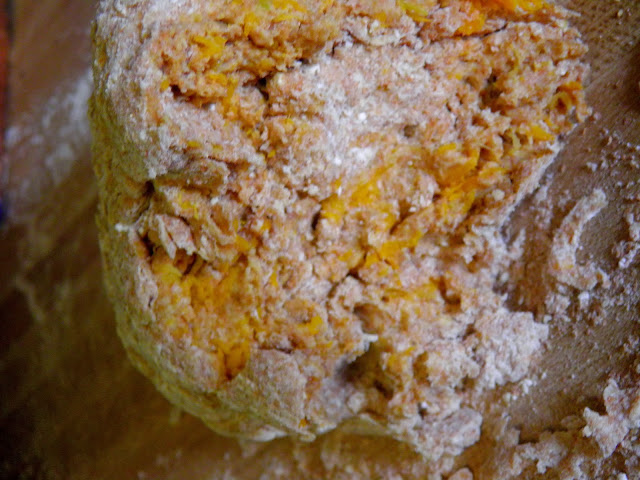So what should you bring?
Things I probably wouldn't think of until it's after the fact...
- Pet First Aid book
- Phone numbers and address of an emergency vet clinic in the area you are visiting.
- Phone number of your personal vet.
- Paperwork! All of your pet's vet records and a photograph of your pet. It's helpful to store these kinds of things in a waterproof bag.
- Leash and a muzzle. The muzzle is in case your pet is injured and tries to bite you. DO NOT muzzle your dog if he is vomiting or choking.
- Extra identification tags
Basic First Aid Supplies:
- gauze pads (non-stick!! Unless you want to be cutting fur.)
- adhesive tape
- antiseptic wipes
- blanket/ towels
- cotton balls
- hydrogen peroxide (this can be used to induce vomiting, but first CONTACT YOUR VET for proper instructions before attempting!)
- ice and heating packs
- non latex disposable gloves
- petroleum jelly
- rectal thermometer (A pet's temperature should not rise above 103-degrees F. and should not fall below 100-degrees F.) Here is a link for how to take a dog's temperature.
- scissors with blunt ends
- self-cling bandages (these will not stick to your pet's fur).
- sterile saline solution
- tweezers
- syptic powder (This is a powder that helps stop bleeding on minor cuts and scrapes).
- rubbing alcohol
- flashlight
- antibiotic ointment
- nail clippers
- Benadryl (diphenydramine). This can be taken orally or made into a paste and applied to a sting. For dosage, please click here. I recommend writing your canine's medication dosages somewhere handy, for quick reference.
- Calendula cream (relief from hot spots and stings)
- socks (for torn foot pads)
- fine toothed flea comb (to find ticks)
- TREATS!!!! (Your dog will probably think this is the most important one.)




















